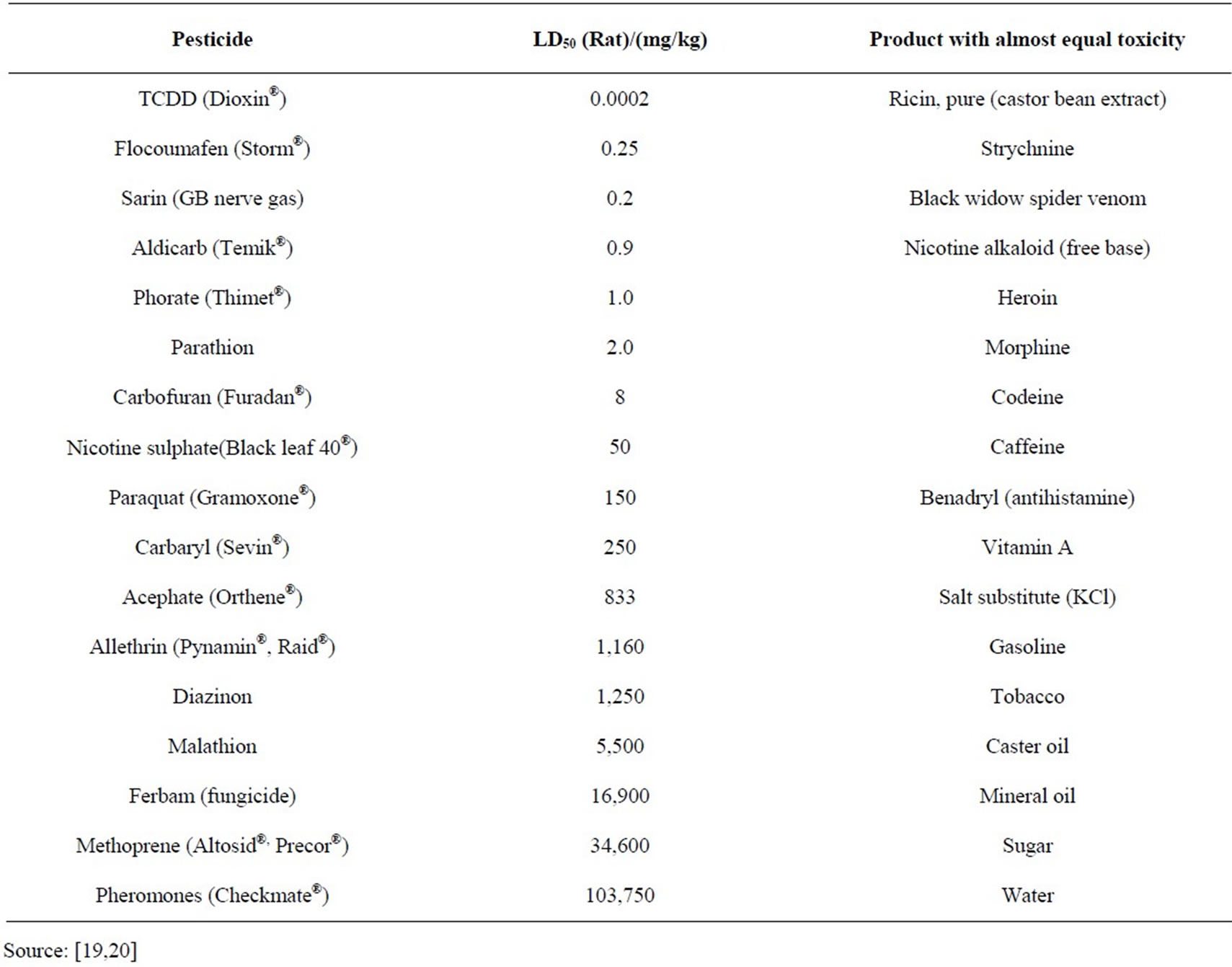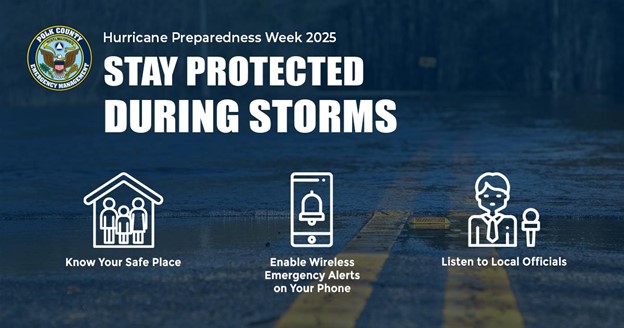Invasive Species in the Great Lakes Basin: A Report on Challenges and EPA Initiatives Aligned with Sustainable Development Goals
Introduction to Invasive Species and Their Impact
Invasive species, defined as non-native plants and animals introduced through human activities, pose significant threats to the economy, environment, and human health within the Great Lakes basin. Originating outside the basin, these species disrupt native ecosystems by outcompeting indigenous species, degrading habitats, altering food webs, and threatening biodiversity. Notable invasive species in the region include the Sea Lamprey, Zebra and Quagga Mussels, Round Goby, and Phragmites.
The ecological imbalance caused by invasive species negatively affects local and basin-wide economies dependent on recreation, sport and commercial fishing, and tourism. These challenges directly relate to several Sustainable Development Goals (SDGs), including:
- SDG 14: Life Below Water – protecting aquatic ecosystems and biodiversity.
- SDG 15: Life on Land – preserving terrestrial habitats affected by invasive species.
- SDG 3: Good Health and Well-being – mitigating health risks associated with invasive species.
- SDG 8: Decent Work and Economic Growth – sustaining economic activities reliant on healthy ecosystems.
EPA’s Role and the Great Lakes Restoration Initiative (GLRI)
The Environmental Protection Agency (EPA), through the Great Lakes Restoration Initiative (GLRI), collaborates with federal, state, tribal, and local partners to protect and restore the Great Lakes, the world’s largest system of fresh surface water. Since 2010, GLRI has accelerated efforts to prevent new invasive species introductions and control existing populations, aligning with the following SDGs:
- SDG 17: Partnerships for the Goals – fostering interagency and cross-sector collaboration.
- SDG 13: Climate Action – enhancing ecosystem resilience.
GLRI sets ambitious annual goals, provides significant funding, and encourages coordination to address invasive species effectively.
Key Areas of Focus Under GLRI
1. Prevention
Preventing the introduction of new invasive species is critical to safeguarding the Great Lakes ecosystem and the broader Mississippi River watershed. GLRI federal agencies and partners implement the following prevention strategies:
- Rapid Response Actions: Conducting chemical treatments, physical removal, restricting access to high-risk areas, and targeted education to prevent or halt invasive species establishment.
- Pathway Management: Managing introduction pathways, including preventing invasive carp species from establishing through contract fishing, barrier operations, and environmental DNA (eDNA) surveillance.
- Early Detection and Surveillance: Collaborating across agencies to monitor non-native species, prioritize monitoring efforts, and detect invasive species at low abundances through programs like EPA’s Great Lakes Biology Monitoring Program.
These prevention efforts contribute to:
- SDG 6: Clean Water and Sanitation – protecting freshwater quality.
- SDG 12: Responsible Consumption and Production – managing natural resources sustainably.
2. Control
When invasive species become established, GLRI agencies focus on controlling populations and managing ecosystem impacts. Control efforts include:
- Implementing projects targeting GLRI-priority invasive species such as Sea Lamprey.
- Supporting state-led invasive species management initiatives.
Effective control supports the restoration of native species and ecosystem balance, advancing:
- SDG 14: Life Below Water.
- SDG 15: Life on Land.
3. Innovation and Collaboration
GLRI promotes the development of innovative control technologies and fosters collaborative networks to enhance invasive species management:
- Technological Advances: The Sea Lamprey control program exemplifies successful innovation through extensive chemical compound testing to suppress larval populations without harming other species.
-
Collaborative Networks:
- Invasive Mussel Collaborative: Coordinates management objectives and research among states, provinces, and tribal entities.
- Great Lakes Phragmites Collaborative: Connects stakeholders to address the spread of Phragmites across the region.
These initiatives support:
- SDG 9: Industry, Innovation, and Infrastructure – advancing sustainable technologies.
- SDG 17: Partnerships for the Goals – enhancing communication and coordination.
Conclusion
The EPA’s comprehensive approach to managing invasive species in the Great Lakes through prevention, control, innovation, and collaboration directly supports multiple Sustainable Development Goals. These efforts contribute to preserving biodiversity, protecting water quality, sustaining economic growth, and fostering partnerships essential for the long-term health of the Great Lakes ecosystem and surrounding communities.
1. Sustainable Development Goals (SDGs) Addressed or Connected
- SDG 14: Life Below Water
- The article focuses on invasive aquatic species in the Great Lakes, which directly affects freshwater ecosystems and biodiversity.
- SDG 15: Life on Land
- Invasive species such as Phragmites affect shoreline and inland habitats, impacting terrestrial ecosystems and biodiversity.
- SDG 6: Clean Water and Sanitation
- Efforts to protect and restore the Great Lakes’ freshwater resources align with ensuring availability and sustainable management of water.
- SDG 17: Partnerships for the Goals
- The article highlights collaboration among federal, state, tribal, and local partners, emphasizing multi-stakeholder partnerships.
2. Specific Targets Under Those SDGs Identified
- SDG 14 Targets
- Target 14.2: Sustainably manage and protect aquatic ecosystems to avoid significant adverse impacts, including invasive species control.
- Target 14.5: Conserve at least 10% of coastal and marine areas, which can include invasive species management zones.
- SDG 15 Targets
- Target 15.8: Prevent the introduction and significantly reduce the impact of invasive alien species on land and water ecosystems.
- Target 15.1: Ensure conservation, restoration, and sustainable use of terrestrial and freshwater ecosystems.
- SDG 6 Targets
- Target 6.6: Protect and restore water-related ecosystems, including lakes and rivers.
- SDG 17 Targets
- Target 17.17: Encourage and promote effective public, public-private, and civil society partnerships.
3. Indicators Mentioned or Implied to Measure Progress
- Indicators for SDG 14 and 15
- Proportion of invasive species in the Great Lakes basin (e.g., 34% of aquatic non-native species are invasive).
- Number of established invasive species and their population trends (e.g., Sea Lamprey, Zebra and Quagga Mussels, Round Goby, Phragmites).
- Extent of habitat affected by invasive species (e.g., 60,000 acres of shoreline habitat invaded by Phragmites).
- Indicators for SDG 6
- Status and quality of freshwater ecosystems in the Great Lakes basin.
- Monitoring data from EPA’s Great Lakes Biology Monitoring Program on aquatic non-native species abundance and distribution.
- Indicators for SDG 17
- Number and effectiveness of partnerships and collaborative initiatives (e.g., Invasive Mussel Collaborative, Great Lakes Phragmites Collaborative).
- Annual goals and metrics set by the Great Lakes Restoration Initiative (GLRI) to prevent and control invasive species.
4. Table of SDGs, Targets, and Indicators
| SDGs | Targets | Indicators |
|---|---|---|
| SDG 14: Life Below Water |
|
|
| SDG 15: Life on Land |
|
|
| SDG 6: Clean Water and Sanitation |
|
|
| SDG 17: Partnerships for the Goals |
|
|
Source: epa.gov







